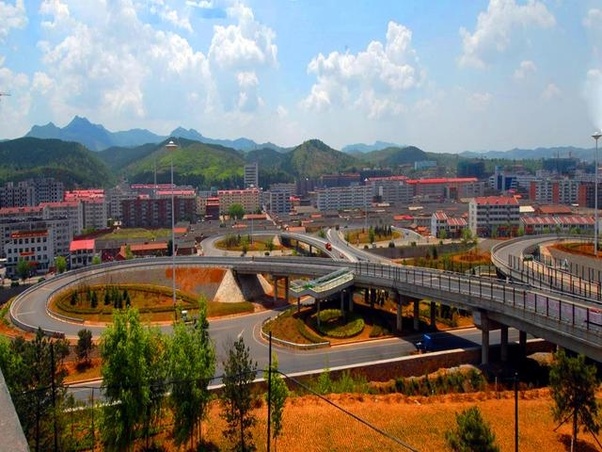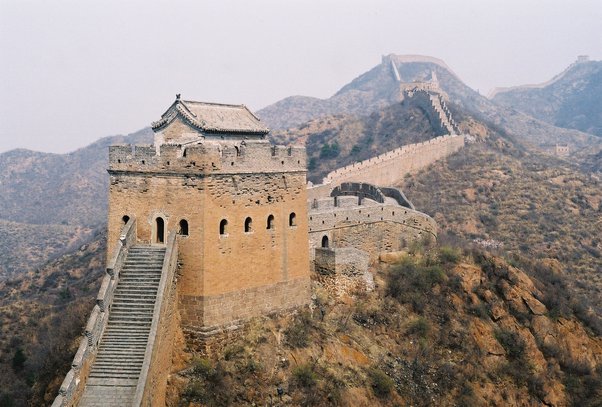The spoken Mandarin used today is based on the official pronunciation used in imperial court of the Qing dynasty during the 17th-19th century and sounds very different from those spoken in ancient China.
In 1953, the PRC government dispatched a group of linguists to locations nationwide to record speech patterns, trying to identify dialects that can be used to standardize the country’s official spoken language. Among the many places they visited was Luanping (滦平) County near the city of Chengde in Hebei Province. It lies outside the Great Wall about 100 miles from Beijing.

(Luanping today)
They decided to use the local dialect used in Luanping to be the main reference point for establishing the standard for official spoken Mandarin. In 1955, China’s standard spoken language was born. It was called Putonghua, or “common speech”, because it was intended to be understood commonly nationwide. It was mainly based on the pronunciation used by speakers of northern dialects, especially the one spoken in Luanping which the linguists felt was the closest to the official Mandarin spoken in the Qing imperial court.
Why Luanping?
In the early 15th century, Ming Emperor Zhu Di moved the nation capital from Nanjing up north to Beijing. At the time, Nanjing-accented Mandarin was the official language of the court and administration. In those times, despite kicking the Mongols out of China, China was still being threatened by the Mongol horde. To strengthen the defenses of the new capital at Beijing, Emperor Zhu Di ordered all the troops and inhabitants of villages outside the Jinshanling Great Wall to move within the city walls.

(Great Wall at Jinshanling)
Luanping was located just outside the wall. The forced migration left Luanping to be abandoned until the early years of the Qing Dynasty (1644-1911) when Emperor Kangxi dispatched high-ranking officials to develop the abandoned land outside the Great Wall, including Luanping. So, Luanping was essentially uninhabited for more than 200 years, and as a result, any dialects spoken in the old Luanping would have died out. In essence, Luanping was given a blank sheet linguistically speaking, with no possibilities of influence from any old Luanping dialects.
With Kangxi’s decree, many Qing officials then moved to Luanping, bringing along the spoken language of the imperial court to Luanping. These officials and their descendants constituted the original residents of modern-day Luanping. That’s why Luanping natives still speak the old standard official language used in Qing court.
Now, what about the residents of Beijing? How is it that their spoken Mandarin cannot be considered close to the one spoken in Qing court? This is because Beijing is the capital and a big city with many immigrants from all over the country migrating to the capital. Many different kinds of spoken dialects get mixed together, whereas Luanping situated outside the wall was relatively isolated. So, over time, the dialect of Mandarin spoken in Beijing changes as it absorbs various different linguistic features of the dialects brought by migrants while Luanping is able to preserve the pure form of Beijing-based court dialect originally brought there by those Qing officials.
It was this pure Luanping form of court dialect that the linguists discovered and decided to use as the basis for the Putonghua that students in China and all over the world learn today.
Even now, more than 60 years after the standard was introduced, many people don’t understand why residents of Luanping, far from the capital, appear to speak fluent, clearly articulated Putonghua which sounds more natural than the way Beijing natives speak.